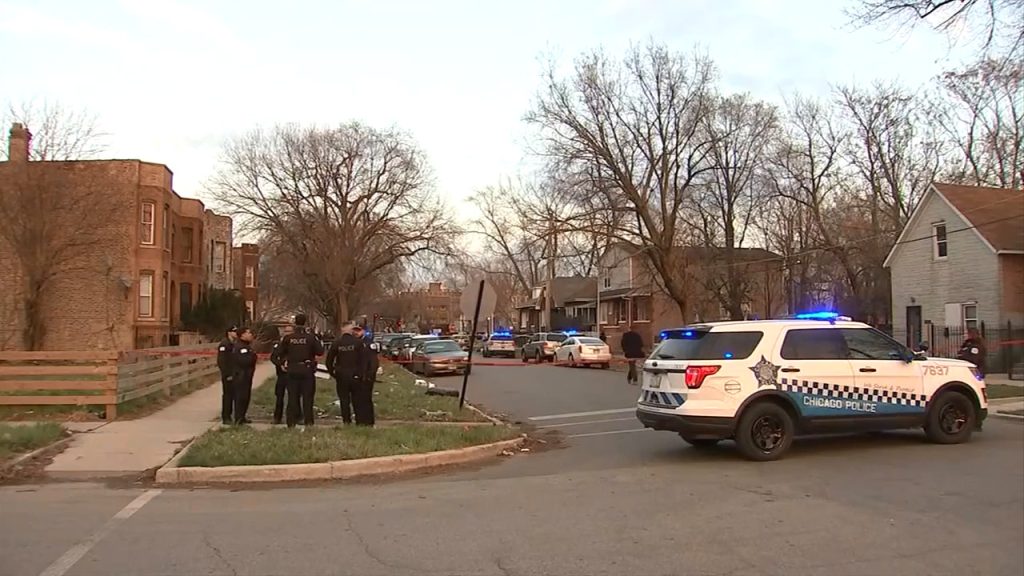The release of bodycam footage depicting a fatal traffic stop in Chicago, where police fired as many as 96 shots at a 26-year-old man, has sparked widespread outrage and raised significant questions about the use of force by law enforcement officers. In this article, we delve into the details captured by the bodycam footage, analyze the events leading up to the shooting, and explore the broader implications for police accountability and reform efforts.
Unveiling the Footage: The bodycam footage released by Chicago’s Civilian Office of Police Accountability provides a harrowing glimpse into the chaotic scene that unfolded during the traffic stop in the city’s Garfield Park neighborhood. Viewers witness the tense moments as officers confront the driver of the vehicle, Dexter Reed, and the subsequent eruption of gunfire that resulted in Reed’s death. The sheer volume of shots fired—96 in total—raises immediate concerns about the proportionality of the police response.
Examining Police Conduct: One of the key focal points of the footage is the behavior of the officers involved in the incident. As the encounter escalates, officers are seen shouting commands at Reed, attempting to gain access to the vehicle, and ultimately resorting to lethal force. Questions arise about the tactics employed by the officers, including their approach to de-escalation, use of firearms, and adherence to departmental protocols. Critics argue that the officers’ actions appear aggressive and confrontational, potentially exacerbating the situation rather than defusing it.
Assessing the Threat: Central to the investigation is the perceived threat posed by Reed and the justification for the use of lethal force. While initial reports suggest that Reed opened fire on officers first, discrepancies in witness testimonies and forensic evidence cast doubt on this narrative. Moreover, the decision to unleash a barrage of gunfire in a residential neighborhood raises concerns about public safety and the potential for collateral damage. Experts weigh in on whether the officers’ response was proportional to the perceived threat and whether non-lethal alternatives could have been employed.
Reactions and Accountability: In the aftermath of the shooting, community leaders, activists, and elected officials voice their outrage and demand accountability from law enforcement authorities. Calls for transparency, independent investigations, and police reform reverberate across the city as residents grapple with yet another instance of police violence. The role of civilian oversight agencies, such as the Civilian Office of Police Accountability, comes under scrutiny as they navigate the complexities of investigating officer-involved shootings and ensuring accountability for misconduct.
Implications for Police Reform: The Chicago police shooting reignites discussions about the urgent need for systemic reforms within law enforcement agencies nationwide. Advocates emphasize the importance of comprehensive training in de-escalation techniques, implicit bias recognition, and crisis intervention. Additionally, calls for enhanced civilian oversight, stricter use-of-force policies, and increased accountability mechanisms gain momentum as communities seek to prevent future tragedies and rebuild trust between police and the public.
The release of bodycam footage depicting the fatal shooting during a Chicago traffic stop underscores the pressing need for a thorough examination of police practices and accountability mechanisms. As the investigation unfolds and public scrutiny intensifies, policymakers, law enforcement agencies, and community stakeholders must work collaboratively to address the root causes of police violence and ensure that incidents like this do not occur in the future. Only through concerted efforts to reform policing practices and foster transparency can we hope to build safer and more just communities for all.
